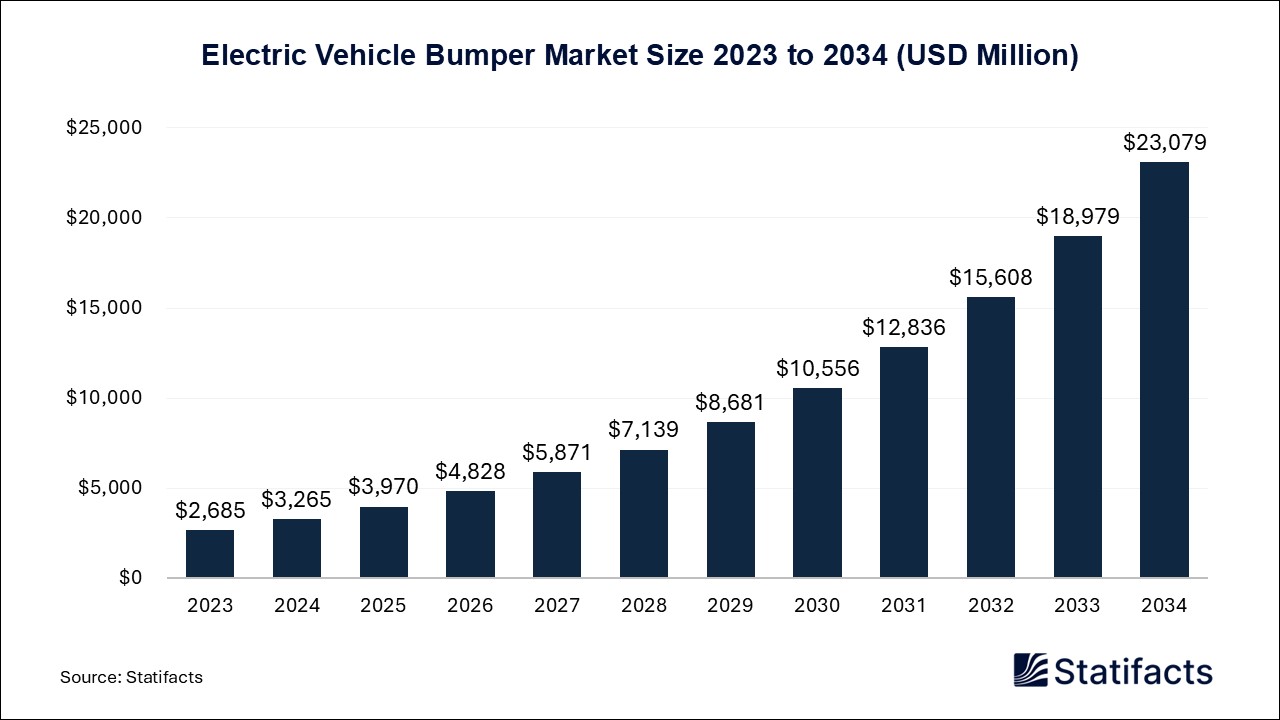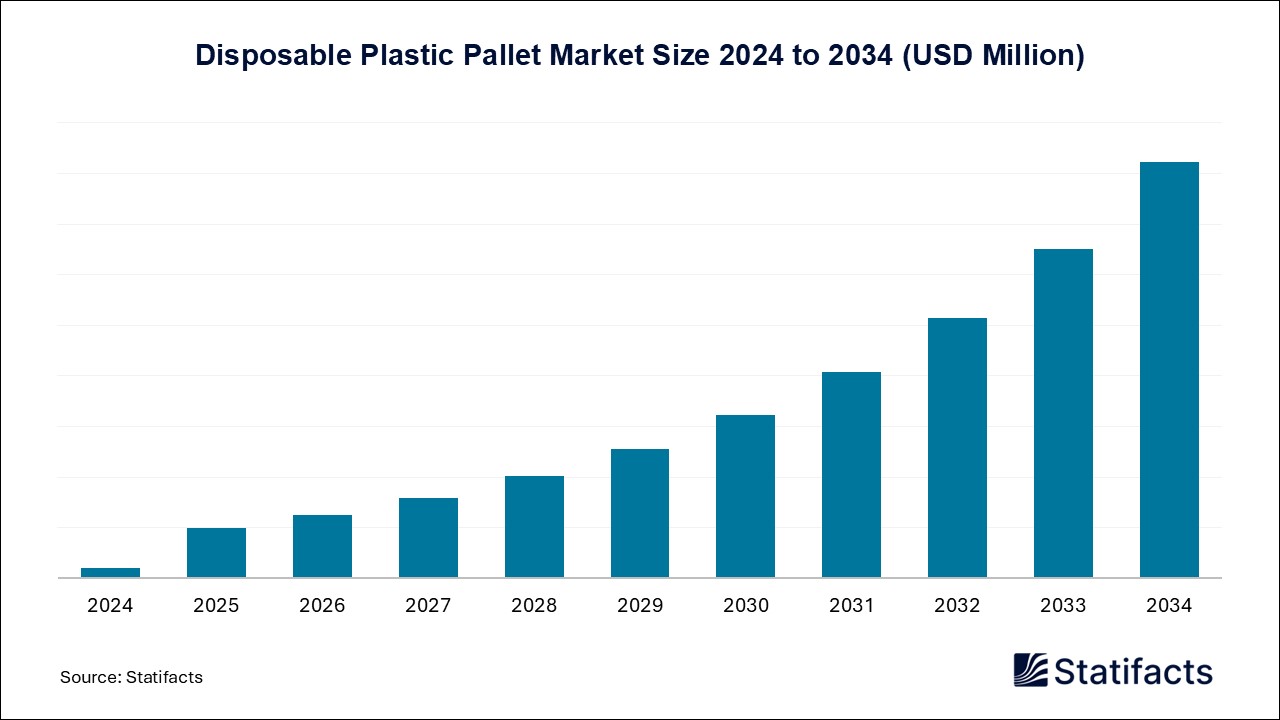Last Updated: 18 Jun 2025
Source: Statifacts
By clicking “Accept All Cookies” you agree to the storing of cookies on your device to enhance site navigation, analyze site usage, and assist in our marketing efforts.
Privacy PolicyThe U.S. electrosurgical devices market size accounted for USD 2.99 billion in 2024 and is predicted to touch around USD 5.11 billion by 2034, growing at a CAGR of 5.5% from 2025 to 2034.
| Industry Worth | Details |
| Market Size in 2025 | USD 3.14 Billion |
| Market Size by 2034 | USD 5.11 Billion |
| Market Growth Rate from 2025 to 2034 | CAGR of 5.5%% |
The U.S. electrosurgical devices market deals with instruments that are classified as technically surgical tools that are used to cut and coagulate tissue, or alternatively for dissection, desiccation, or fulguration using high-frequency current in the intervention or experimental field. Faster medical technology innovation and demand for minimally invasive surgeries are fueling the interest in this market. Demand areas in surgical procedures that involve the use of these instruments include general surgery, gynecology, cardiac surgery, cosmetic surgery, and urology. Precision and safety in operations have been further assured by energy-based systems used in surgical interventions, ranging from bipolar forceps to suction coagulators to vessel sealing systems.
With developments in health infrastructure around the world, and particularly in developing countries, there is an increasing demand for electrosurgical instruments. Public hospitals are undertaking several research activities as well as implementing health schemes to make electrosurgical technologies affordable to the masses; likewise, the utilization of electrosurgery is preferred. Consequently, private investments in medical-device research and development advance the cause of electrosurgical systems that are easy to use, ergonomic, and multipurpose.
The growth of the U.S. electrosurgical devices market is restrained by factors such as large upfront costs, regulatory hurdles to overcome for players in the market, and competition from other technologies.
The opportunities in the U.S. electrosurgical devices market are associated with advances in management information systems along with expansion into emerging markets such as Asia-Pacific, the Middle East, and Latin America.
Published by Kesiya Chacko
Last Updated: 18 Jun 2025
Source: Statifacts
Last Updated: 18 Jun 2025
Source: Statifacts
| Subsegment | 2024 | 2025 | 2026 | 2027 | 2028 | 2029 | 2030 | 2031 | 2032 | 2033 | 2034 |
|---|---|---|---|---|---|---|---|---|---|---|---|
| Electrosurgical Generator | 1,143.42 | 1,199.52 | 1,260.22 | 1,325.93 | 1,397.12 | 1,474.27 | 1,557.96 | 1,648.80 | 1,747.48 | 1,854.75 | 1,956.29 |
| Electrodes | 868.49 | 910.43 | 955.80 | 1,004.91 | 1,058.08 | 1,115.70 | 1,178.17 | 1,245.96 | 1,319.56 | 1,399.54 | 1,475.27 |
| Smoke Evacuation System | 557.86 | 586.32 | 617.13 | 650.51 | 686.70 | 725.97 | 768.60 | 814.92 | 865.29 | 920.11 | 971.96 |
| Accessories | 243.39 | 254.80 | 267.13 | 280.47 | 294.91 | 310.54 | 327.48 | 345.85 | 365.78 | 387.42 | 407.91 |
| Bipolar Electrosurgical Vessel-Sealing Device | 177.67 | 185.88 | 194.74 | 204.32 | 214.68 | 225.89 | 238.02 | 251.17 | 265.42 | 280.88 | 295.53 |
Last Updated: 18 Jun 2025
Source: Statifacts
| Subsegment | 2024 | 2025 | 2026 | 2027 | 2028 | 2029 | 2030 | 2031 | 2032 | 2033 | 2034 |
|---|---|---|---|---|---|---|---|---|---|---|---|
| Electrosurgical Generator | 1,143.42 | 1,199.52 | 1,260.22 | 1,325.93 | 1,397.12 | 1,474.27 | 1,557.96 | 1,648.80 | 1,747.48 | 1,854.75 | 1,956.29 |
| Electrodes | 868.49 | 910.43 | 955.80 | 1,004.91 | 1,058.08 | 1,115.70 | 1,178.17 | 1,245.96 | 1,319.56 | 1,399.54 | 1,475.27 |
| Smoke Evacuation System | 557.86 | 586.32 | 617.13 | 650.51 | 686.70 | 725.97 | 768.60 | 814.92 | 865.29 | 920.11 | 971.96 |
| Accessories | 243.39 | 254.80 | 267.13 | 280.47 | 294.91 | 310.54 | 327.48 | 345.85 | 365.78 | 387.42 | 407.91 |
| Bipolar Electrosurgical Vessel-Sealing Device | 177.67 | 185.88 | 194.74 | 204.32 | 214.68 | 225.89 | 238.02 | 251.17 | 265.42 | 280.88 | 295.53 |
The U.S. electrosurgical devices market is experiencing a technological shift, with robotic-assisted surgeries and artificial intelligence (AI) integration leading the transformation. Robotic systems offer enhanced surgical precision and minimally invasive options, while AI provides real-time analytics and supports surgical decision-making. Furthermore, smart electrosurgical systems with energy-feedback controls and customizable device settings are gaining traction. The trend toward outpatient and day-care surgeries, alongside the development of application-specific instruments, is fueling demand. Hospitals and surgical centers are increasingly collaborating with OEMs to procure tailored, advanced systems that streamline workflows and improve patient outcomes.
The foremost driver is the rising adoption of minimally invasive surgeries (MIS), which reduce recovery time and hospital stays, making them appealing for both patients and providers. The surge in chronic disease cases especially cardiovascular, gynecological, and orthopedic conditions has further escalated the use of electrosurgical tools in treatment. Growing investments in healthcare infrastructure, coupled with rapid advancements in energy delivery technology and vessel sealing solutions, are bolstering market momentum. Additionally, hospitals’ increasing focus on equipping operating rooms with advanced tools to support complex surgeries reinforces steady market growth.
With a projected growth from USD 3.14 billion in 2025 to USD 5.11 billion by 2034 at a CAGR of 5.5%, the market exhibits strong investment appeal. Its expansion is driven by high procedure volumes, robust R&D investments, and the evolving landscape of precision surgery. Players with innovation capabilities especially those investing in AI integration and ergonomic device design are well-positioned to capture market share. The segment’s high technological barrier and ongoing demand from hospitals and specialized clinics provide defensible long-term profitability, making it a favorable target for both strategic investors and private equity players.
Technology is fundamentally reshaping the competitive dynamics of the electrosurgical devices market. Disruptions include AI-driven surgical planning, robotic-assisted systems with precision control, and next-generation energy platforms like Dualto and VIO 3n. Startups and established players are introducing compact, multifunctional devices suitable for both general and specialized surgeries. Moreover, real-time monitoring and integrated feedback systems are creating a paradigm shift in safety, efficiency, and outcomes. Companies that fail to innovate in this direction may lose competitiveness in favor of tech-forward firms embracing digital surgery ecosystems.
The U.S. market presents significant regulatory hurdles, primarily due to stringent FDA approval processes for medical devices. Compliance with safety standards, documentation protocols, and post-market surveillance can delay time-to-market and inflate development costs. New entrants must navigate these layers while ensuring device efficacy and safety. Additionally, changes in reimbursement policies and healthcare reforms can influence adoption rates. Firms must allocate resources for regulatory affairs expertise and maintain strong quality control mechanisms to mitigate approval risks and regulatory scrutiny.
The competitive landscape is consolidated, with global medical device giants such as Medtronic, Johnson & Johnson (Ethicon), Boston Scientific, and Stryker holding substantial market shares. These players are focused on expanding their portfolios through innovation and strategic partnerships. Notable advancements include Johnson & Johnson’s Dualto energy system compatible with its robotic Ottava platform and Erbe’s VIO 3n generator series. At the same time, companies like Innoblative Designs are disrupting niches with specialized, user-friendly systems. Competitive success increasingly hinges on R&D capabilities, device versatility, and the ability to integrate with digital surgical environments.
The future of the market is defined by convergence—of technology, patient-centric care, and global health demands. Continued innovation in energy delivery systems, along with the growing role of AI in procedural assistance and post-op analysis, will enhance procedural efficiency. The rising prevalence of complex surgeries and the shift toward ambulatory and outpatient settings are likely to increase the demand for mobile, compact, and integrated electrosurgical tools. Furthermore, expansion into underserved and rural areas through public-private healthcare initiatives will unlock new revenue streams. Stakeholders should anticipate a transformation from product-based competition to solutions-driven ecosystems centered around safety, personalization, and data-driven precision.
To get full access to our Market Insights, you need a Professional Account or a Business Suite.

You will receive an email from our Business Development Manager. Please be sure to check your SPAM/JUNK folder too.

You will receive an email from our Business Development Manager. Please be sure to check your SPAM/JUNK folder too.

Our customers work more efficiently and benefit from



